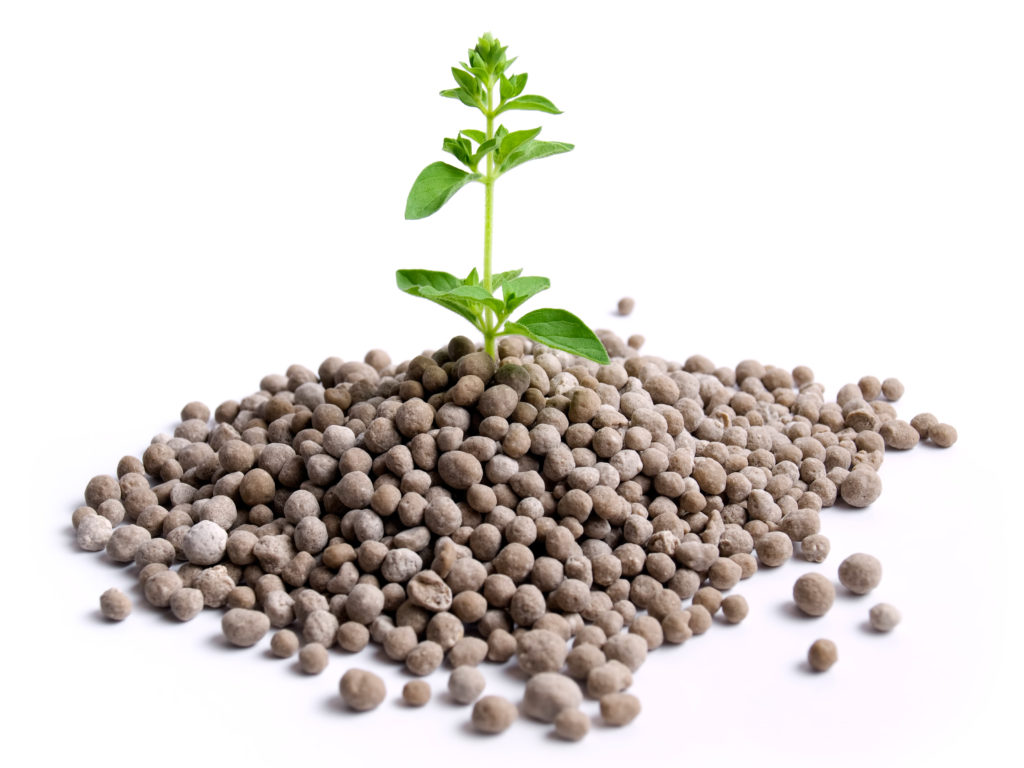04 Jun Managing C:N Ratios in our Soils

Managing C:N Ratios in Our Soil
Managing the carbon to nitrogen (C:N) ratios in our soils is essential for soil stabilization and easy to do. Along with nitrogen and oxygen, carbon is one of the essential building blocks of all organic life. In fact, 18 percent of the human body is made up of carbon while approximately 50 percent of a plant is made up of carbon. Soil is not excluded from the definition of organic life. Like plants and animals, it too is carbon-based and needs carbon, nitrogen, and oxygen to remain balanced and healthy. We frequently apply traditional fertilizers made up of primarily nitrogen, phosphorus, potassium, and other salts to our soils. However, we have been over-applying fertilizer into our soils for the purpose of increased plant yields. As a result, the excess salts throw the nitrogen, oxygen, and carbon soil balance off. We are then faced with the issue of bringing back the soil’s balanced condition so that we can continue to efficiently grow plants and crops without harming the environment or microbes that live within the soil. Adding organic carbon, found in most commercial fertilizer, to the mix immediately stimulates and encourages beneficial microbial activity.
The Importance of Microbes
First, it is important to state that plants have a special symbiotic relationship with the microbes in the soil. They do things for the microbes that microbes cannot do for themselves and vice versa—microbes do things for plants that plants cannot do for themselves. Healthy soils contain billions upon billions of healthy microbes that make life great for plants in many ways. The microbe’s effects include but are not limited to:
- Reducing soil compaction,
- Increasing nutrient retention and availability,
- Buffering salts,
- Protecting the root system from diseases and pests,
- Providing essential organic acids, and more!
In return for these services, the plant naturally releases some of its sugars (produced through photosynthesis) directly into the soil through its roots. These sugars serve as the primary food source for the microbes! In other words, the microbes can’t feed themselves, but have the ability and motive to improve soil conditions to best favor plant growth. The plant produces food for the microbes, but can’t change soil conditions.
When this relationship is in balance, successfully maintaining plants becomes much easier as Mother Nature begins doing most of the work for us.
All too often we spend most or all of our focus on the plant itself, ignoring the beneficial microbes. Unfortunately, many of the things we do for the plant are harmful to microbes. This includes applying too much nitrogen and other salts that are frequently included in traditional fertilizers.
Nitrogen
Now, we all know that plants need nitrogen. When it is applied, the plant typically gets greener and grows faster. However, this effect doesn’t last very long. When it wears off, the plant goes back to looking like it did before feeding it in the first place…or worse! As a result, people apply even more nitrogen in hopes of it continuing to green up and grow quickly.

The problem is, most traditional fertilizers lack carbon and contain higher percentages of nitrogen than plants can process at the time of application. Since plants can’t process the form of nitrogen and other salts applied, the molecules in turn sit in the soil, causing the soil’s pH levels to decrease. As the soil’s pH levels decrease, the amount of nutrients a plant can absorb decreases. Since nitrogen is a salt, it also kills off microbes in the soil that help keep the biological system healthy. This becomes the end of microbial life as the plant needs it. The effects of excess nitrogens and salts usually result in waste, ground saturation, and hazardous runoff conditions that are terrible for the environment. Now imagine repeating this practice for at least 70 years on large scale agricultural fields, sod farms, sports turf, and even home lawns and gardens.
When nitrogen fertilizers that do not contain carbon are applied to these soils, it throws the C:N ratio way out of balance. This has catastrophic effects on the soil microbes and results in a dramatic decline in their ability to improve plant and soil health. With that being said, it becomes difficult to find the appropriate solution without somehow harming microbes in the soil. So what’s the answer? Give the plant and the microbes what they want.
A Solution
Under these conditions, simply adding more microbes has little effect. If they could live there they would already be there. Adding organic carbon however, immediately stimulates and encourages beneficial microbial activity. The solution then is to provide sufficient organic carbon to the soil. This not only helps to balance the use of nitrogen, but organic carbon serves as a supplemental food source for the microbes themselves.
One of the best sources of organic carbon is brown humic shale, which balances the C:N ratio—and microbes thrive on it.

This increased microbial activity allows the plant to use nitrogen much more efficiently. This in turn allows for a reduction in the amount of nitrogen we need to apply, improving the C:N ratio yet again. Healthy soil, teeming with healthy microbes, increases the plant’s ability to utilize all plant nutrients.
Organic Carbon Ideal Microbial Diet
As previously mentioned, maintaining healthy microbes goes hand in hand with ensuring sufficient organic carbon. Microbes are highly sensitive to the carbon to nitrogen (C:N) ratio. Too much nitrogen and not enough carbon is very bad. Organic carbon comes from organic matter. The problem with that is most of our soils are very low in organic matter and therefore very low in organic carbon. The perfect balance of carbon to nitrogen falls between an 8:1 ratio and a 15:1 ratio—that is, eight parts carbon and one part nitrogen, and 15 parts carbon and one part nitrogen.
By shifting your fertilization dollars from all plant nutrients to more carbon and less plant nutrients, the whole system gets healthier. Since carbon is generally less expensive than the plant nutrients, it’s a more economical approach as well.
We suggest using Carbon Karma™️, a carbon-based fertilizer that promotes the proper mix of both carbon and proteins so that all plants can benefit. Additionally, humic and fulvic acids act as natural complexing agents for macro and micro nutrients enabling greater nitrogen efficiency, and permitting lower nitrogen applications.


